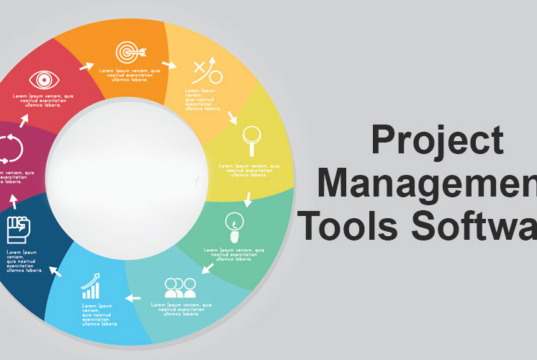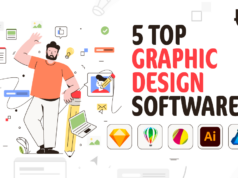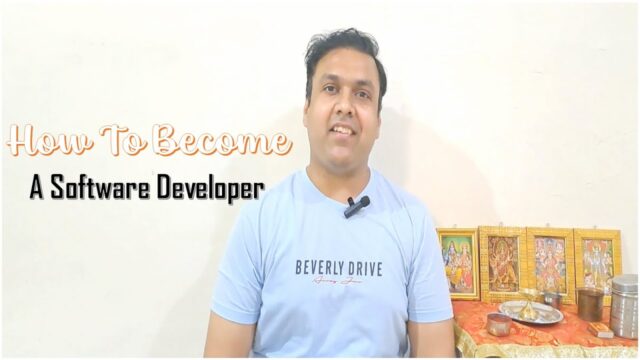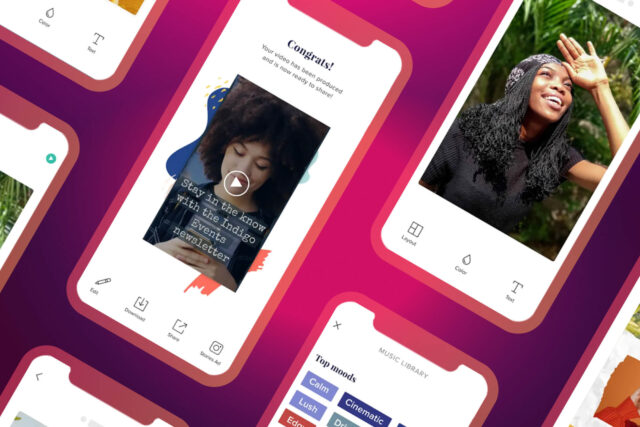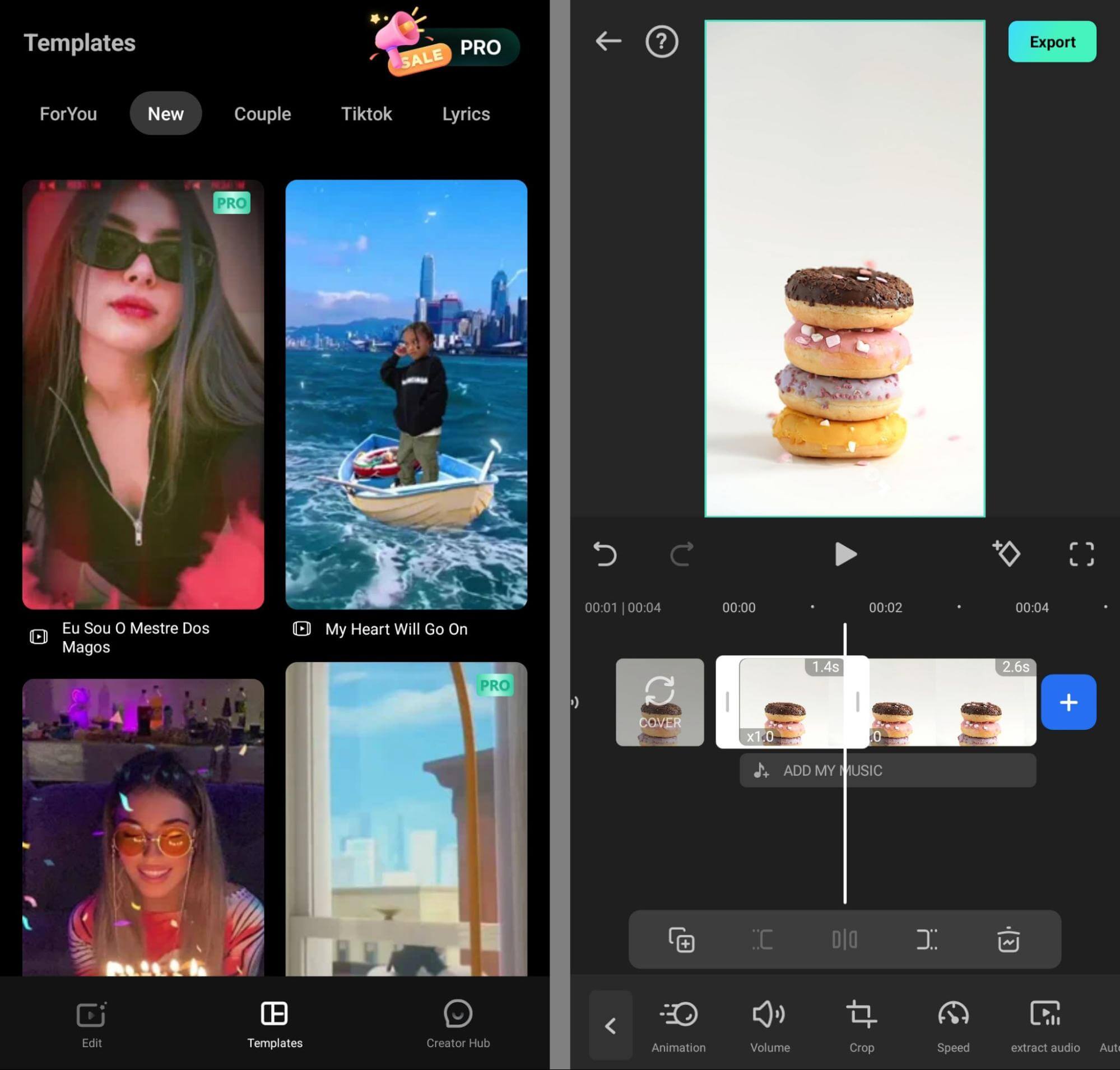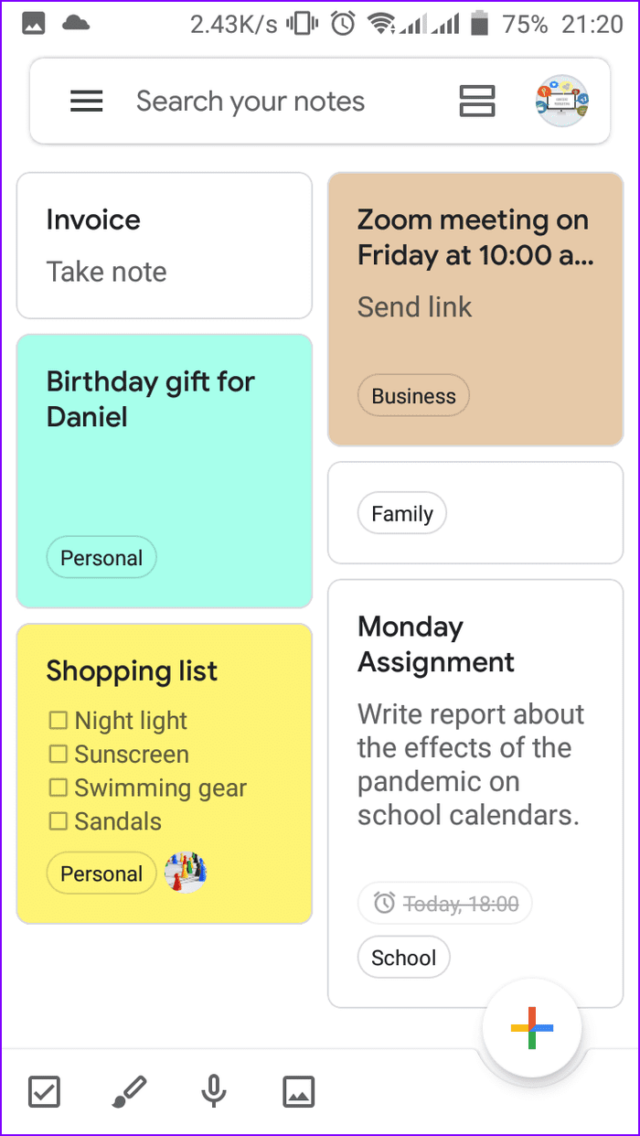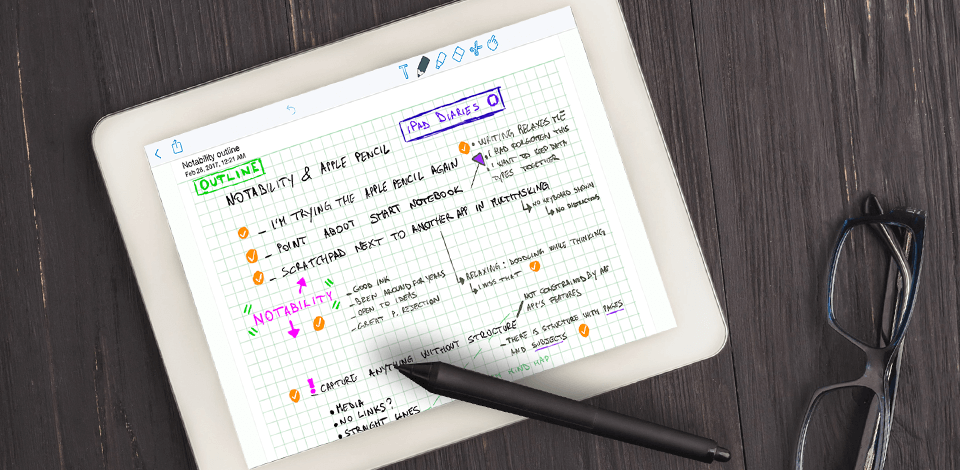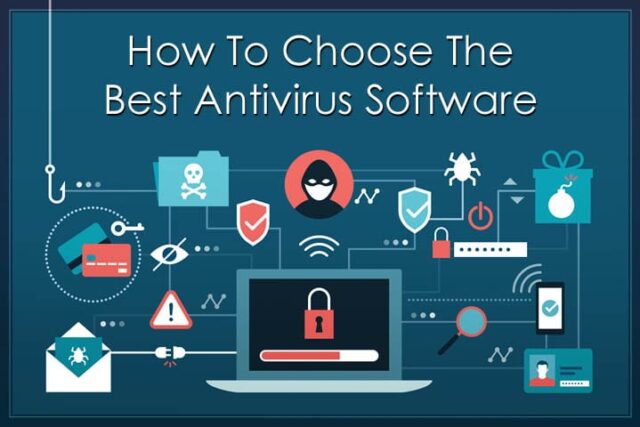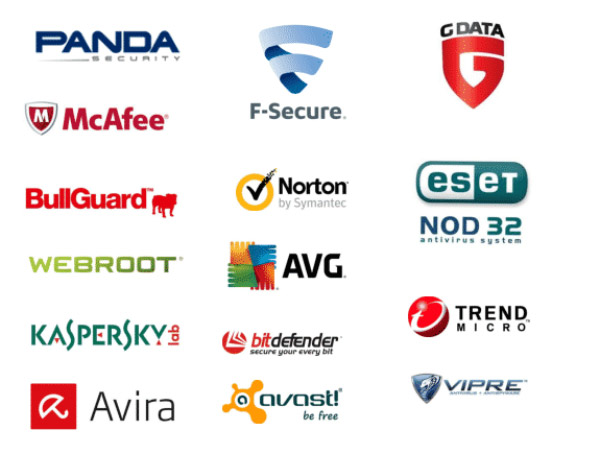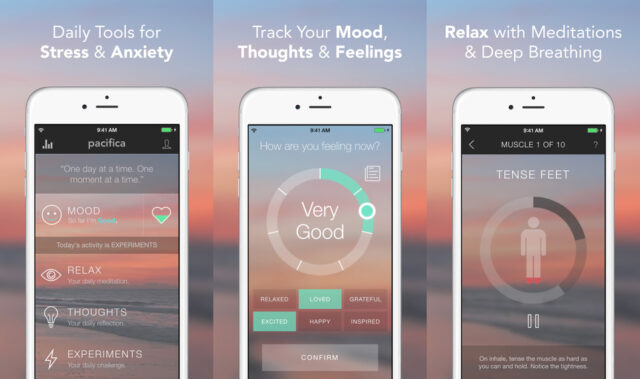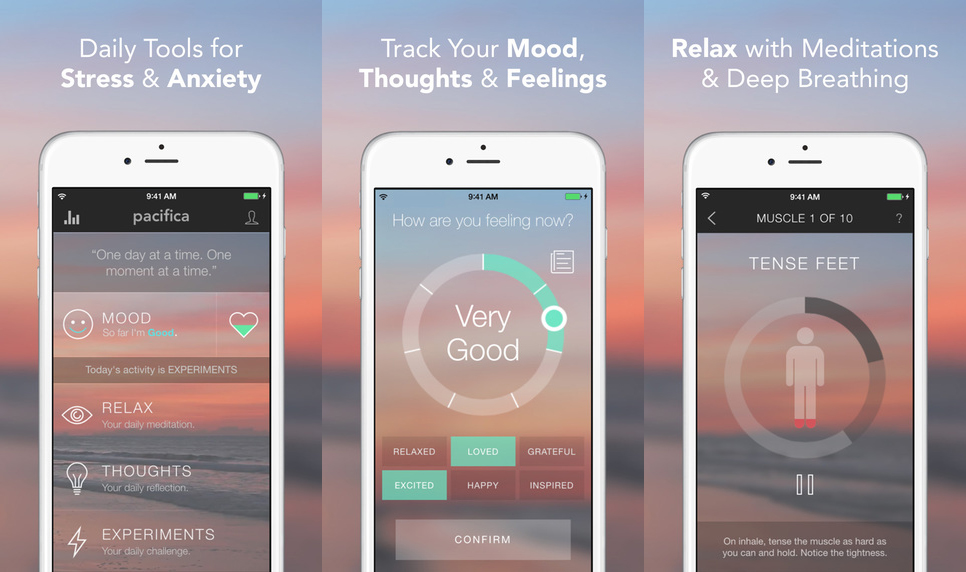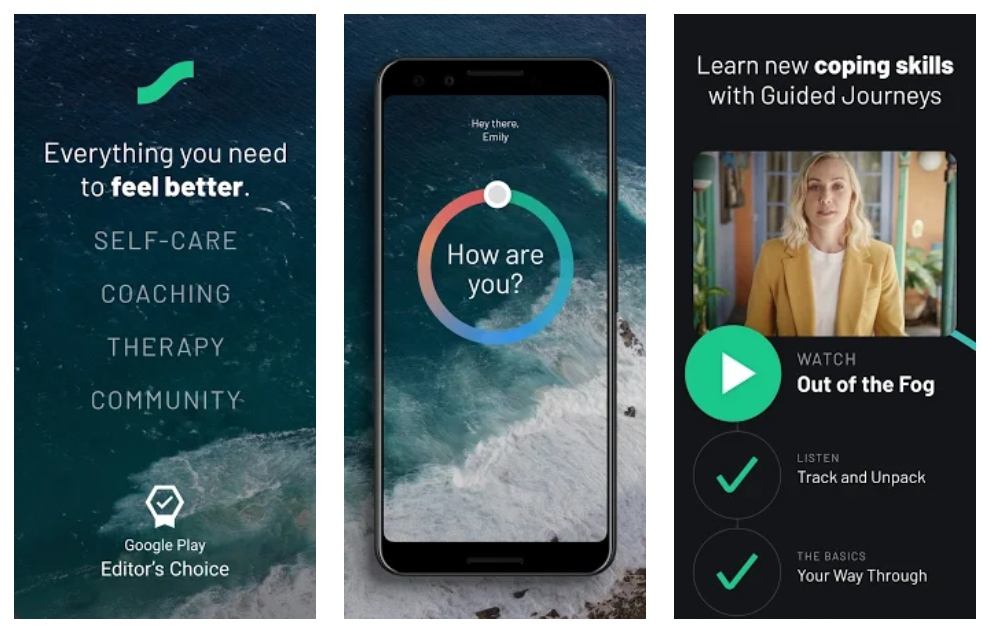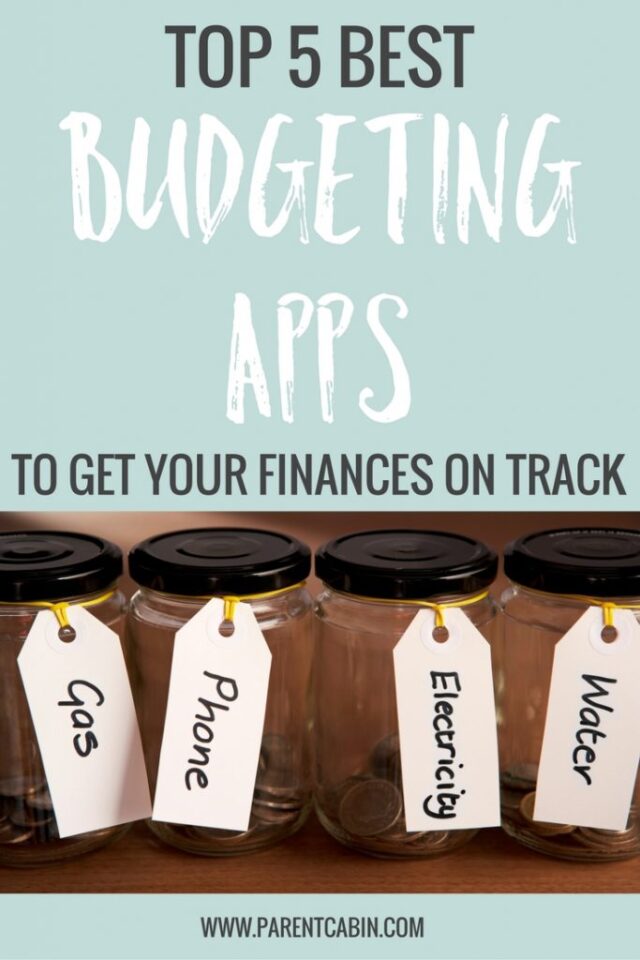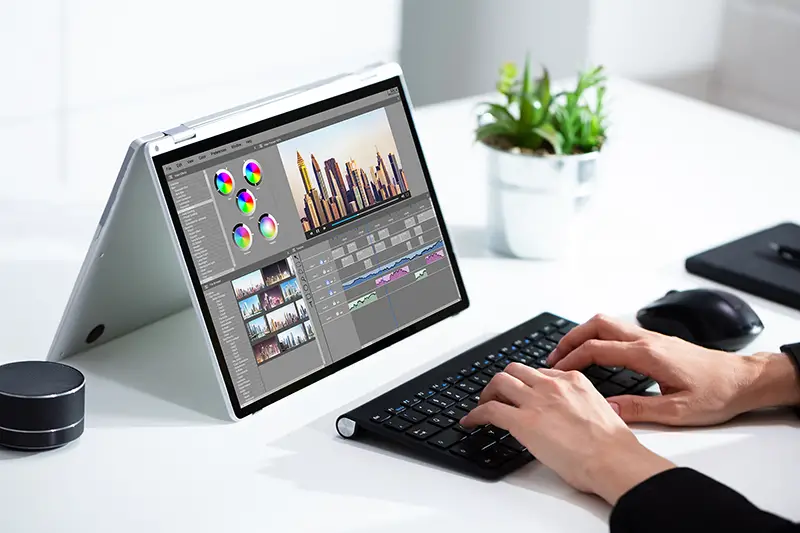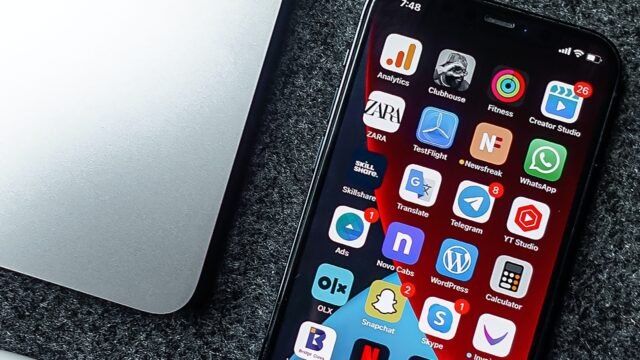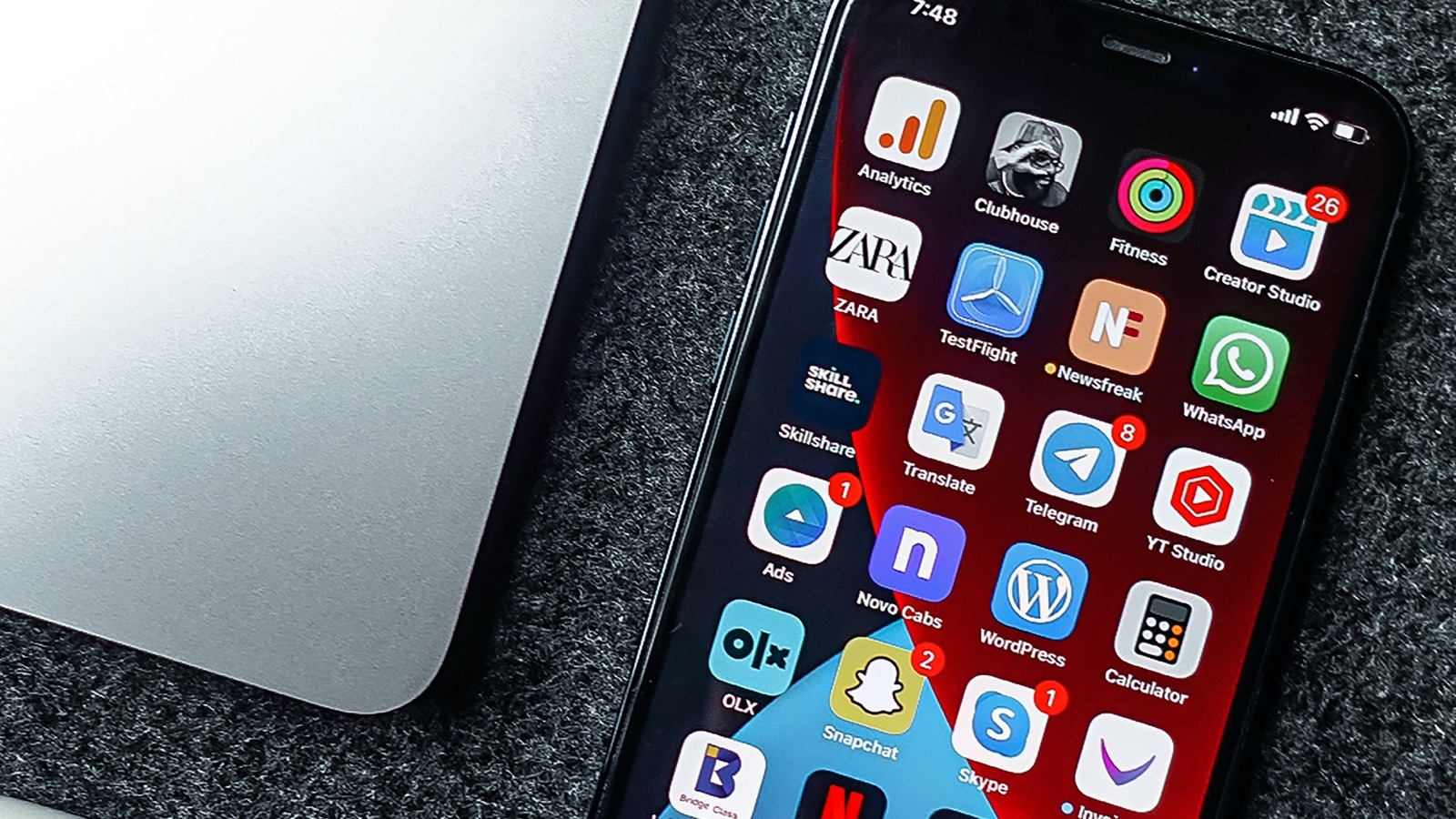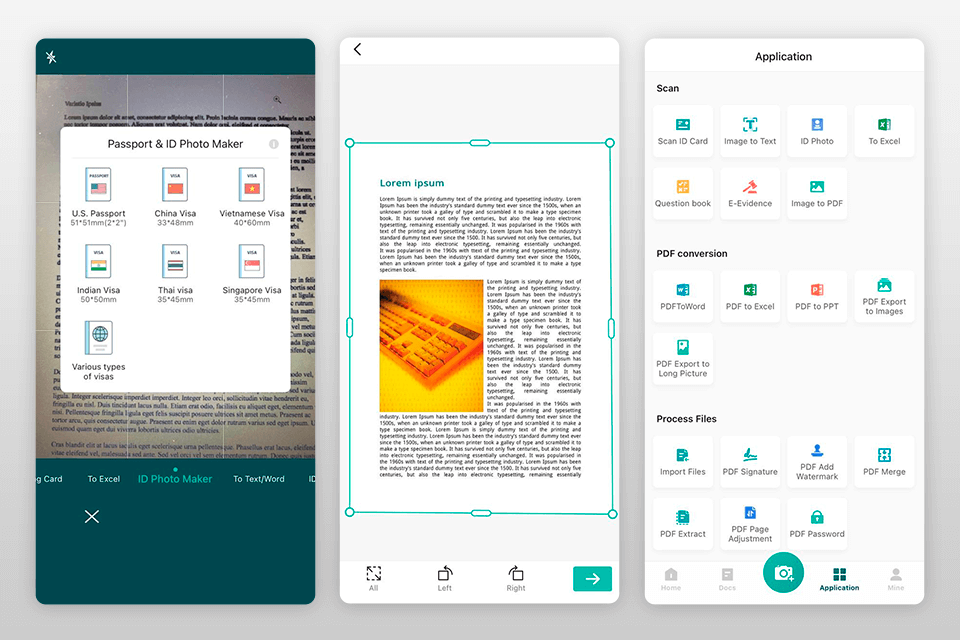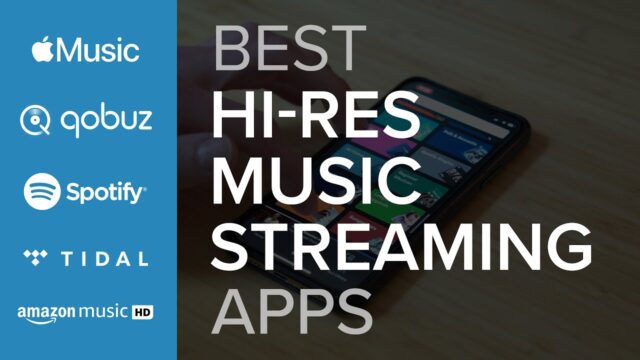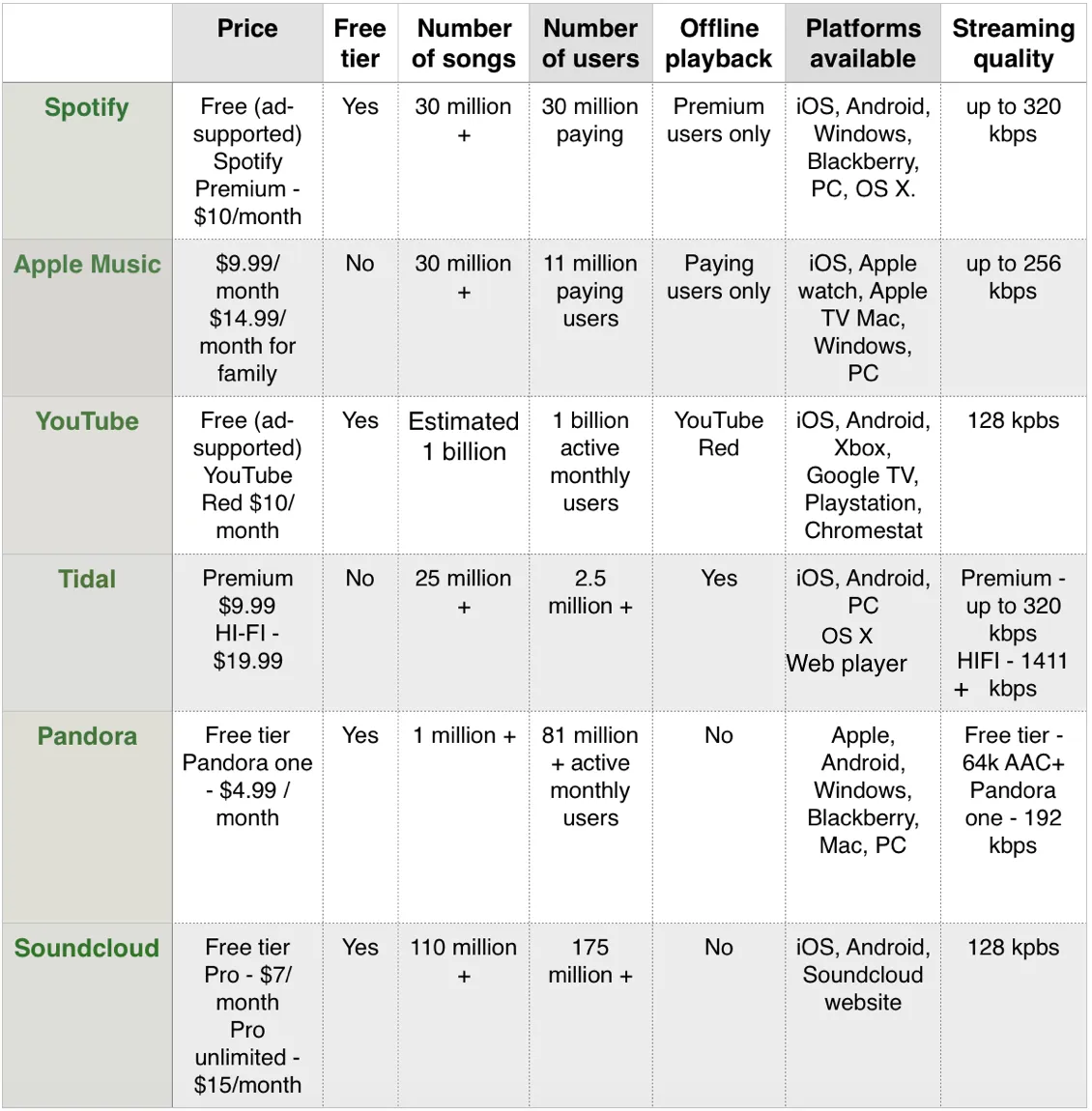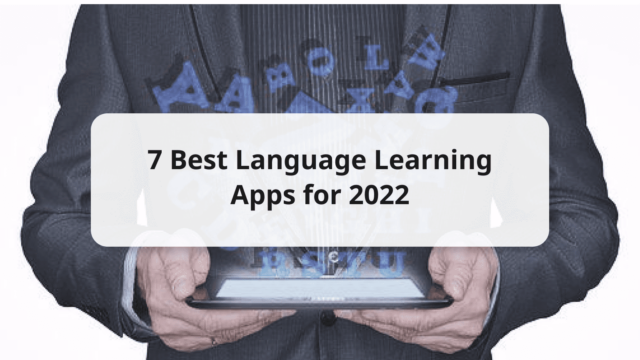Essential 5 Coding Software For Aspiring Developers: A Powerful Guide
Essential 5 Coding Software for Aspiring Developers: A Powerful Guide
Related Articles: Essential 5 Coding Software for Aspiring Developers: A Powerful Guide
- Essential Project Management Software: 5 Game-Changing Tools For Teams
- Amazing 5 Fitness Apps To Transform Your Workout Routine
- Essential 7 Video Editing Tools Every Filmmaker Must Master
- Essential Antivirus: 5 Crucial Factors For Choosing The Best Protection
- 5 Amazing Document Scanning Apps That Will Transform Your Workflow
Introduction
With great pleasure, we will explore the intriguing topic related to Essential 5 Coding Software for Aspiring Developers: A Powerful Guide. Let’s weave interesting information and offer fresh perspectives to the readers.
Table of Content
Essential 5 Coding Software for Aspiring Developers: A Powerful Guide

The journey of becoming a proficient software developer is paved with countless hours of learning, practice, and the right tools. Choosing the appropriate coding software is paramount; the wrong choice can lead to frustration, hindering progress and potentially derailing your aspirations. This comprehensive guide explores five essential coding software options, each catering to different needs and skill levels, empowering aspiring developers to build a strong foundation for their future careers. We’ll delve into their features, benefits, and limitations, ultimately helping you select the perfect software to kickstart your coding journey.
1. Visual Studio Code (VS Code): The Versatile Champion
Visual Studio Code, often abbreviated as VS Code, has rapidly become a favorite among developers of all levels. Its free and open-source nature, combined with an extensive library of extensions, makes it incredibly versatile and adaptable. VS Code’s lightweight design ensures a responsive experience even on less powerful machines, a significant advantage for those just starting.
Key Features:
- Extensive Extension Support: This is perhaps VS Code’s most compelling feature. Extensions add functionalities ranging from syntax highlighting for virtually every programming language to integrated debugging tools, Git integration, and even AI-powered code completion. This extensibility allows you to tailor the IDE to your specific needs and preferences, making it suitable for various development tasks, from web development to game development.
- Intelligent Code Completion (IntelliSense): VS Code’s IntelliSense provides smart code completion suggestions as you type, significantly speeding up your coding process and reducing errors. It analyzes your code in real-time, suggesting relevant variables, functions, and keywords, learning your coding style as you work.
- Integrated Debugging: The built-in debugger allows you to step through your code line by line, inspect variables, and identify bugs efficiently. This is crucial for learning and debugging complex programs.
- Git Integration: VS Code seamlessly integrates with Git, allowing you to manage your code repositories directly within the IDE. This simplifies version control, a fundamental aspect of software development.
- Customizable Interface: VS Code offers extensive customization options, allowing you to personalize the interface to your liking. You can choose different themes, adjust font sizes, and create custom keyboard shortcuts for optimal workflow.
Benefits:
- Free and Open-Source: Accessibility is a major advantage, making it an excellent choice for students and those on a budget.
- Lightweight and Fast: Its performance is remarkable, even on less powerful hardware.
- Large and Active Community: A vast and supportive community ensures readily available assistance and resources.

Limitations:
- Can Be Overwhelming for Beginners: The sheer number of extensions and customization options can be daunting for newcomers.
- Resource Intensive with Many Extensions: While generally lightweight, adding numerous extensions can impact performance.
2. Sublime Text: The Elegant Editor
Sublime Text is a renowned code editor known for its speed, elegance, and minimalist design. While not as feature-rich as VS Code out of the box, its plugin ecosystem expands its capabilities significantly. Sublime Text excels in its responsiveness and ability to handle large files with ease, making it a favorite among experienced developers who value speed and efficiency.
Key Features:
- Blazing Fast Performance: Sublime Text is renowned for its incredible speed, even when dealing with extensive codebases.
- Distraction-Free Mode: The ability to minimize distractions allows for focused coding sessions.
- Multiple Selections: Simultaneously editing multiple lines or sections of code boosts productivity.
- Command Palette: A powerful command palette allows quick access to various functionalities.
- Plugin Ecosystem: While not as extensive as VS Code’s, the plugins available add significant functionality.

Benefits:
- Exceptional Speed and Responsiveness: A significant advantage for those working with large projects.
- Clean and Minimalist Interface: Reduces distractions and promotes focused coding.
- Highly Customizable: Allows users to tailor the editor to their preferences.
Limitations:
- Not Free (Requires License): While a free trial is available, a license is required for continued use.
- Smaller Community Compared to VS Code: Finding solutions to specific issues might require more effort.
- Steeper Learning Curve: The minimalist interface, while appealing to some, might be challenging for beginners.
3. Atom: The Hackable Text Editor
Atom, developed by GitHub, is another open-source and free code editor known for its highly customizable nature. Its philosophy centers around hackability, allowing users to modify and extend its functionality extensively. This makes it a powerful tool for experienced developers who want to tailor their environment precisely.
Key Features:
- Completely Customizable: Atom’s core functionality can be modified and extended through its built-in package manager.
- Cross-Platform Compatibility: Works seamlessly across Windows, macOS, and Linux.
- Built-in Package Manager: Easily install, manage, and update packages to add features.
- Smart Autocompletion: Provides suggestions as you type, improving coding speed and accuracy.
- File System Browser: Allows you to navigate and manage your project files directly within the editor.
Benefits:
- Free and Open-Source: Accessible to all developers.
- Highly Customizable: Allows for extensive tailoring to individual preferences.
- Large Community Support: Provides access to a wealth of resources and assistance.
Limitations:
- Can Be Resource Intensive: Compared to VS Code or Sublime Text, Atom can be slower on less powerful machines, especially with many packages installed.
- Development Has Slowed: While still functional, Atom’s development has slowed significantly, with fewer updates and less community engagement compared to its peak.
4. IntelliJ IDEA: The Powerful Java IDE
IntelliJ IDEA is a powerful Integrated Development Environment (IDE) primarily focused on Java development, but it also supports other languages through plugins. It’s renowned for its advanced features, intelligent code completion, and robust debugging capabilities. While primarily geared towards experienced developers, its comprehensive features make it a valuable asset for those serious about Java programming.
Key Features:
- Intelligent Code Completion: Provides highly accurate and context-aware code suggestions.
- Refactoring Tools: Facilitates efficient code restructuring and improvement.
- Built-in Version Control: Supports various version control systems, including Git.
- Extensive Debugging Capabilities: Allows for thorough debugging and troubleshooting.
- Framework Support: Provides excellent support for popular Java frameworks like Spring.
Benefits:
- Powerful Features for Java Development: Offers unparalleled capabilities for Java programming.
- Intelligent Code Analysis: Helps identify and prevent potential errors.
- Excellent Debugging Tools: Facilitates efficient problem-solving.
Limitations:
- Not Free (Community and Ultimate Editions): The Ultimate edition, offering the full range of features, requires a paid license.
- Resource Intensive: Requires a relatively powerful machine to run smoothly.
- Steeper Learning Curve: Its extensive features can be overwhelming for beginners.
5. Eclipse IDE: The Veteran Option
Eclipse is a long-standing and widely used IDE known for its extensive plugin ecosystem and support for various programming languages. While it might seem less modern compared to some newer IDEs, its maturity and vast community support make it a reliable choice, particularly for those working with Java and other enterprise-level projects.
Key Features:
- Large Plugin Ecosystem: Allows for customization and extension of functionality.
- Support for Multiple Programming Languages: Handles various languages beyond Java.
- Mature and Stable Platform: Years of development have resulted in a robust and reliable platform.
- Extensive Community Support: A large and active community provides ample resources and assistance.
- Refactoring Tools: Facilitates code improvement and restructuring.
Benefits:
- Mature and Stable: A reliable platform with a long history of development.
- Large and Active Community: Provides access to extensive resources and support.
- Versatile Support for Multiple Languages: Suitable for various programming tasks.
Limitations:
- Can Be Resource Intensive: Performance can be affected on less powerful machines.
- Interface Can Feel Dated: Compared to newer IDEs, the interface might appear less modern.
- Steeper Learning Curve: Its extensive features can be overwhelming for beginners.
Choosing the Right Software:
The best coding software for you depends on your individual needs, programming language preferences, and experience level. Beginners might find VS Code or Atom more approachable due to their user-friendly interfaces and extensive documentation. Experienced developers might prefer the speed and customization of Sublime Text or the advanced features of IntelliJ IDEA or Eclipse. Experiment with a few different options to find the one that best suits your workflow and enhances your coding journey. Remember that the key to success is consistent practice and learning, and the right coding software will significantly aid your progress on the path to becoming a proficient developer.
Closure
Thus, we hope this article has provided valuable insights into Essential 5 Coding Software for Aspiring Developers: A Powerful Guide. We appreciate your attention to our article. See you in our next article!
google.com

